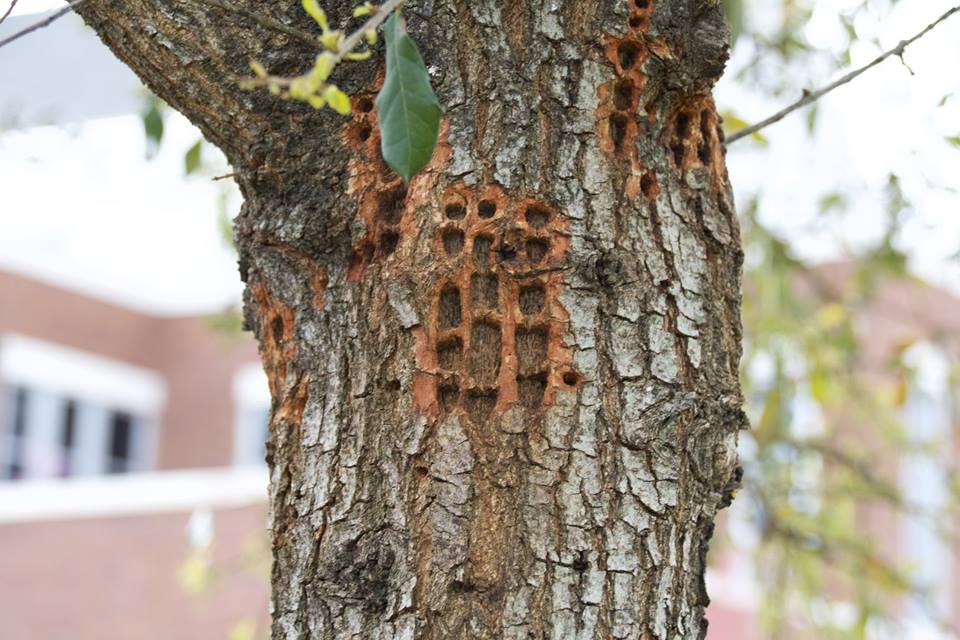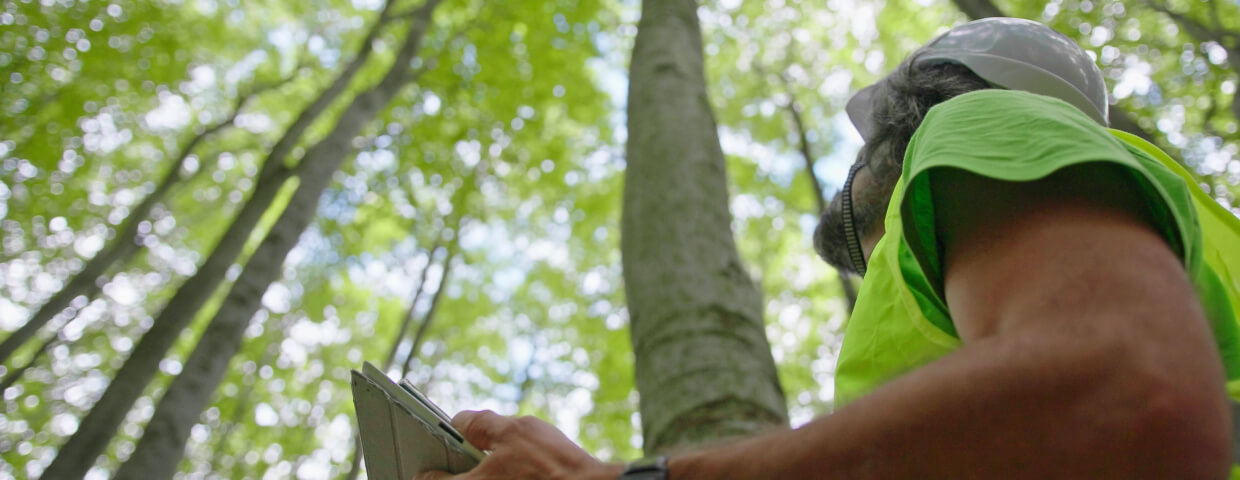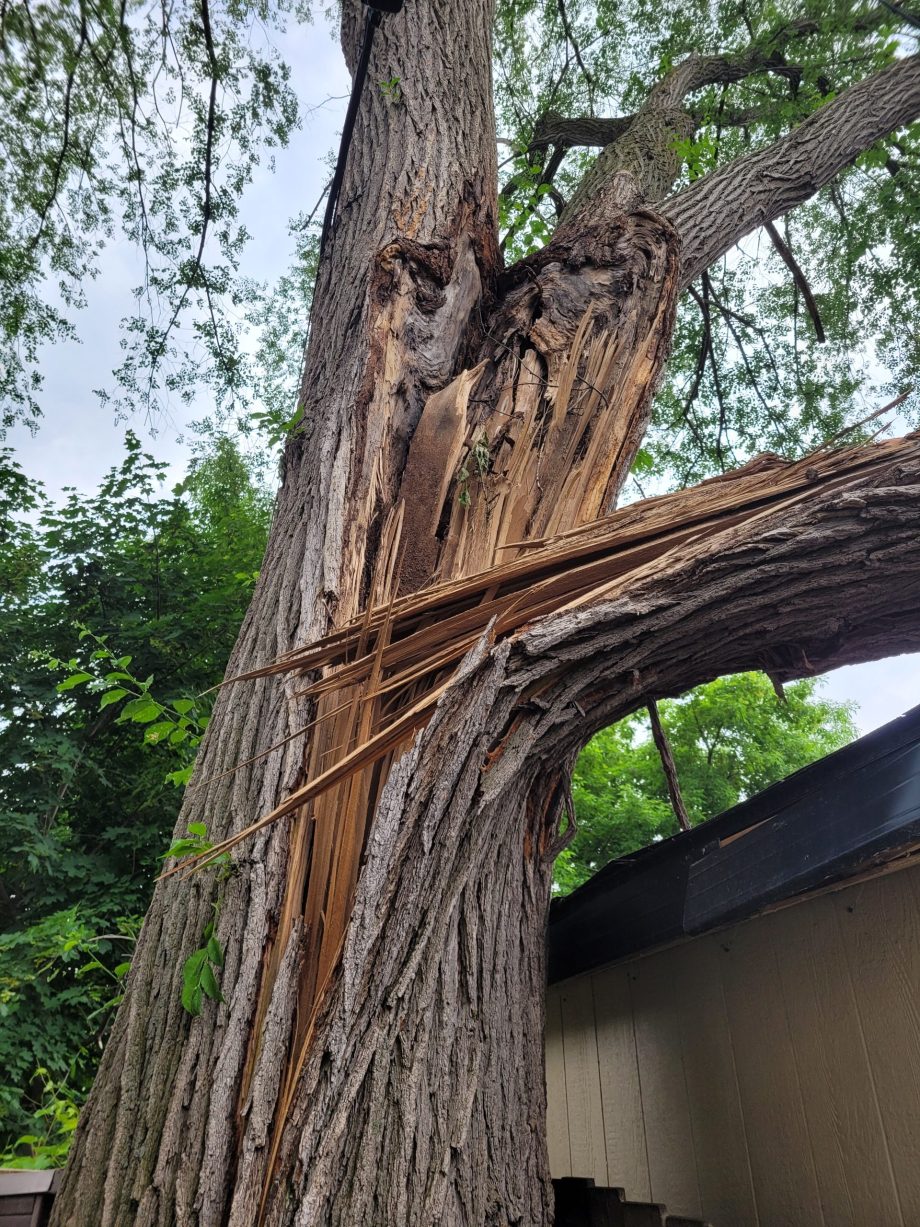
Recognizing Sapsucker Damage
During the spring months, the homeowner often observes a series of small holes in soft-wooded trees. The first reaction of the tree owner is that borers are damaging the trees. But in most cases, the damage is caused by birds.
Typical damage observed on soft-wooded trees is neatly spaced horizontal or vertical rows of holes in the tree trunk or on the branches. This type damage is usually caused by the yellow-bellied sapsuckers.
The damage is bird damage if the holes are in a pattern such as rows or if the holes only extend into the trunk the depth of the bird’s beak. With borer damage, there will only be one or a few holes in the trunk in no particular pattern. The hole is not terminal. It continues into and around the trunk, depending on the type of borer.
The yellow-bellied sapsucker is a member of the woodpecker family. It overwinters in Central America and southern North America and spends the summer in Canada and northern United States.
Sapsuckers migrate through Illinois in April and May on their way north for the summer. During September and October, they pass through Illinois on their way south for the winter. Sapsucker damage occurs in both spring and fall when these birds pass through the area.
The trees most often attacked by sapsuckers are pine, spruce, birch and fruit trees. Occasionally, other trees are damaged. Sapsuckers often attack the same trees year after year. Rarely do the sapsuckers kill a tree in Illinois. But, their damage may weaken a tree, making it more susceptible to secondary disease and insect problems.
Most woodpeckers rely on insects and tree sap as primary sources of food. They find a majority of the insects beneath the bark on dead tree limbs and in other areas where insects feed. However, the sapsucker relies on tree sap for more than one half of its diet.
Before attempting any type of control effort for the sapsucker, wait and see if the bird returns to the area and causes new damage. If fresh damage occurs, check with your local garden centre for a product to discourage sapsuckers from further damaging the tree. Previously damaged areas of the tree might be wrapped with burlap or other protective material during April or May and again in September and October to discourage repeat damage. Do not leave the protective wrap on during the summer months.
Keep in mind that the sapsucker is a protected bird, so shooting is not one of the control options.



